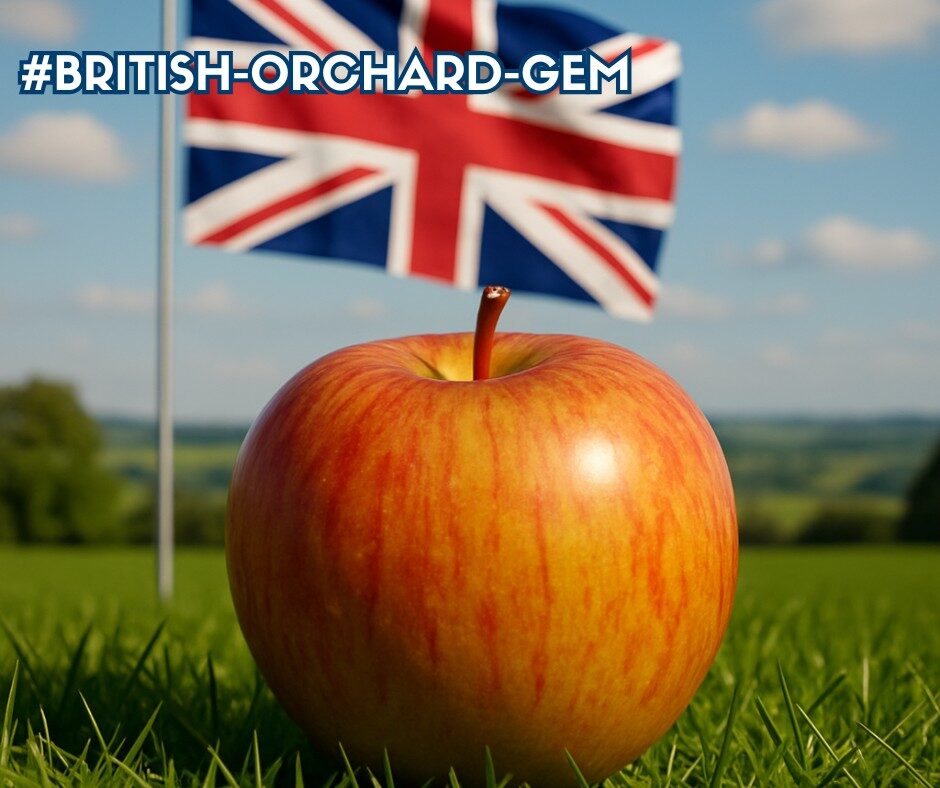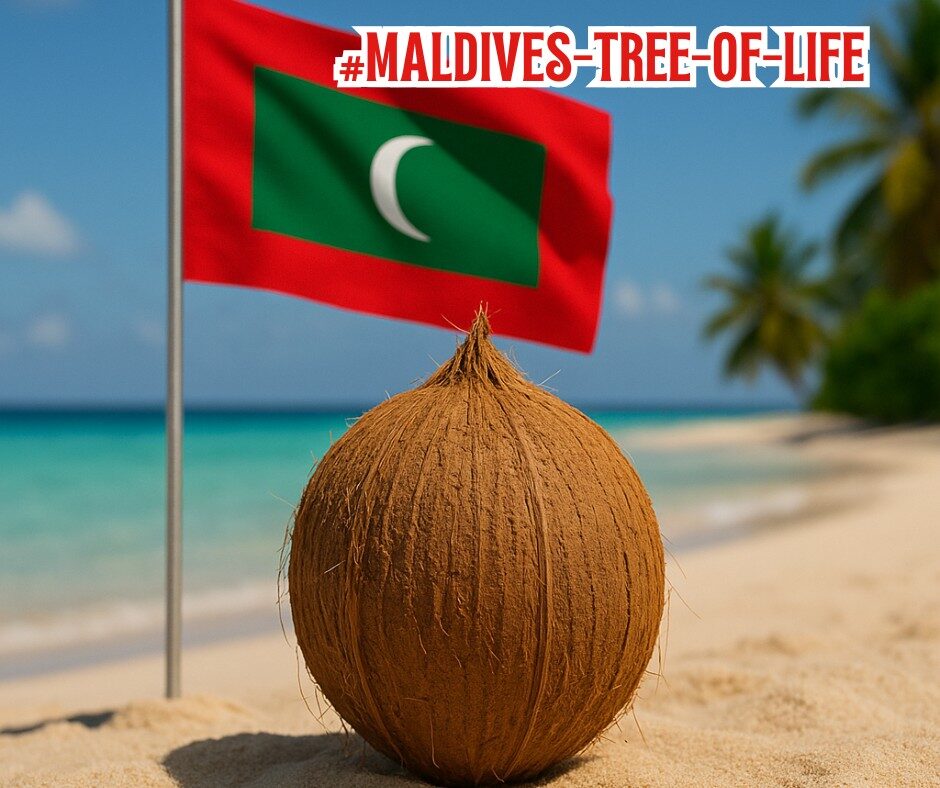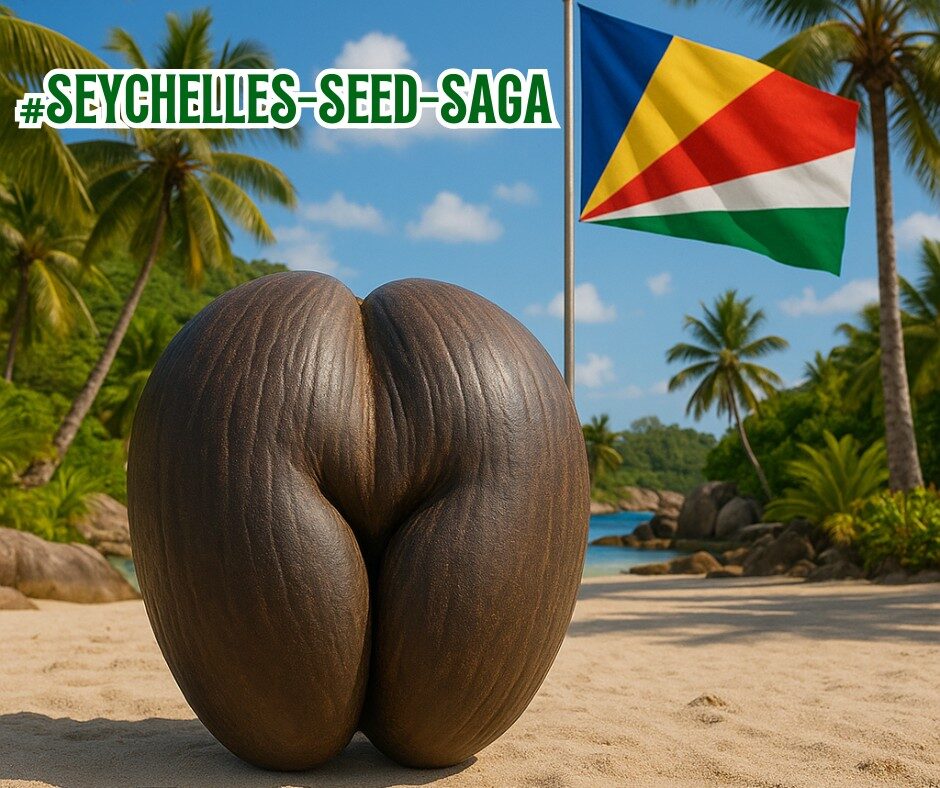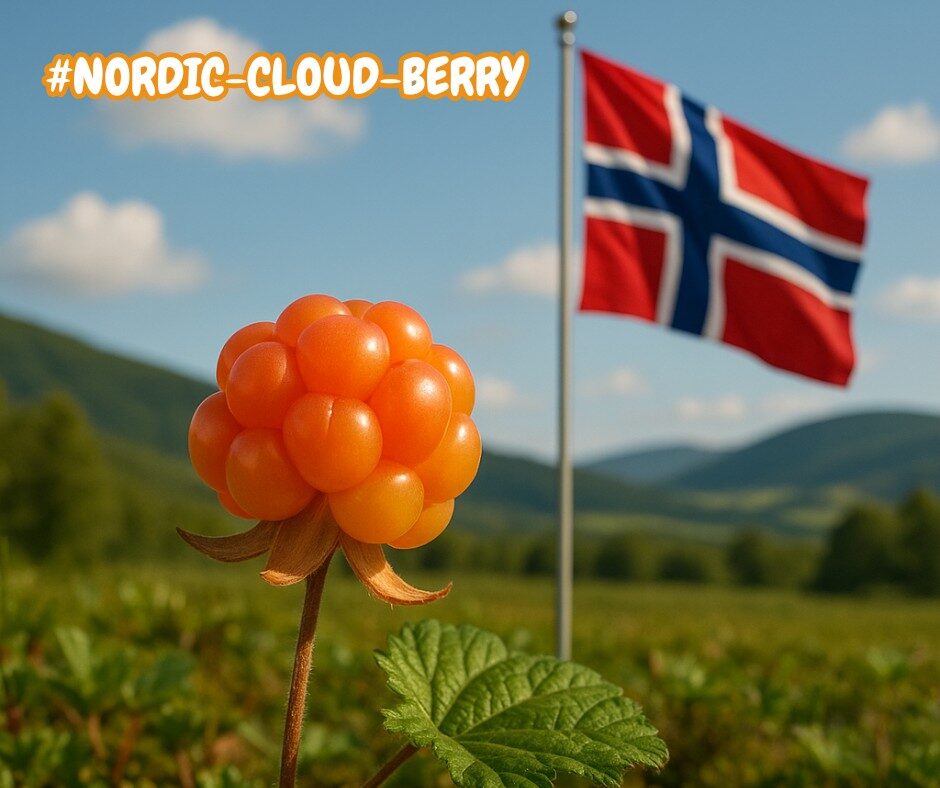by Dr Marli Botha
The South African guava industry is primarily based on a local cultivar called Fan Retief, named after the founder of this industry. This variety has a vivid salmon pink flesh, and derives from the original guavas, brought to the Cape via Madeira, by the early Dutch settlers in the seventeenth century. The pink-fleshed Fan Retief variety accounts for 90% of commercial plantings. The particular salmon pink shade of the Fan Retief guava variety is highly prized by international fruit juice producers…
Here are a few tips on how to pick and store guavas:
- When buying guavas, search for the softest ones. The softer the guava, the sweeter and more delicious it will be. To tell if a guava is ripe, squeeze it gently and if it gives under your fingers, you know it’s ripe and ready to use!
- Guavas usually go bad within two days from purchase, because they are extremely perishable, so keep that in mind when picking or buying them. Blemishes or bruises can mean that the fruit has already turned bad.
- The colour of the skin can also be a big gauge of how ripe the fruit is. Ripe guavas are ones that have gone from bright green to a softer yellowish-green colour. If you see a touch of pink on the fruit’s skin, you know it is in its prime.
- Before you eat the guava, you have to wash it properly with clean water. Wash the entire fruit because the rinds are actually edible. The skin is an additional source of fibre.
- Make sure to cover any left-over guava in a plastic wrap or seal tight in a plastic bag and store in the fridge for up to 4 days. By freezing it, it can last up to 8 months!
- The guava plant is a tree or shrub, which generally grows quite slowly. Cultivated trees are usually pruned to a size of 2 to 3 metres in height, but if left unpruned some varieties can grow up to 8 metres. The trees develop fruit from the second year of cultivation and can continue to bear fruit for up to 40 years! Guava trees flower in spring and while bees are the main pollinators, self-pollination also occurs. Guavas are harvested during winter months and in South Africa, the harvest period normally runs from May until October.
- The mature trees of most varieties are reasonably frost resistant and can survive drops in temperature of up to -4°C, but temperatures below freezing point are likely to kill or badly damage younger trees. Very hot temperatures during the flowering and fruiting stage can be harmful to the crop.




